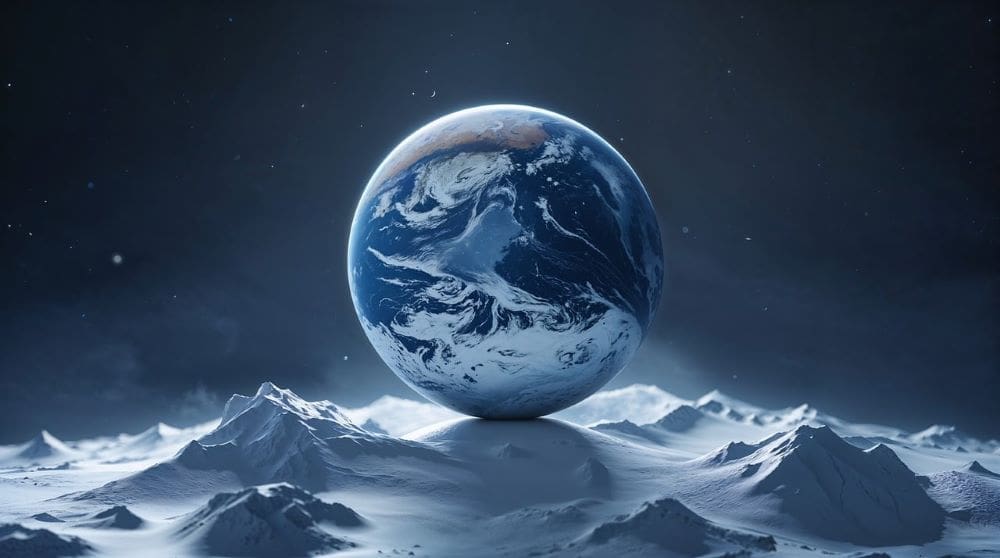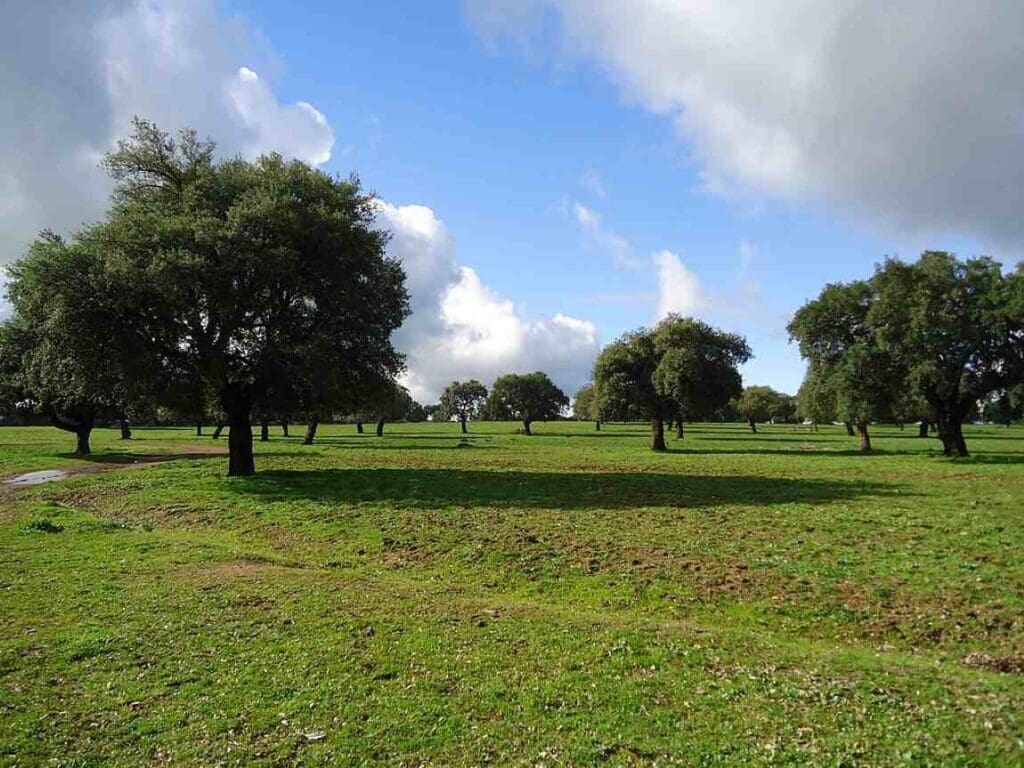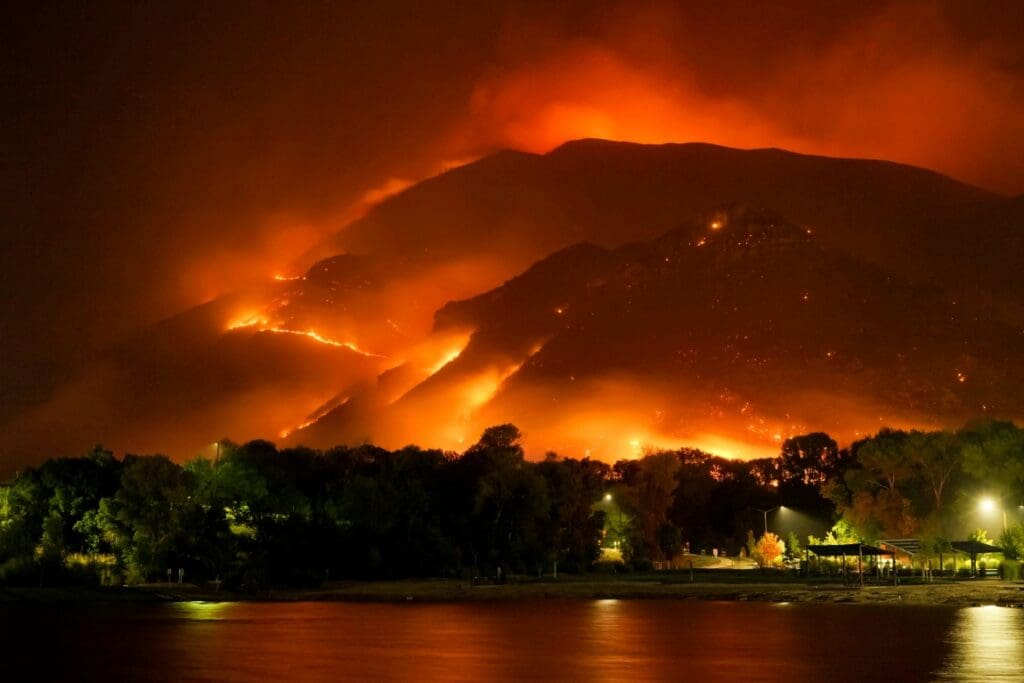Explore the latest insights from top science journals in the Muser Press roundup (November 19, 2025), featuring impactful research on climate change challenges.
In brief:
Ancient bogs reveal 15,000-year climate secret, say scientists
Researchers looking at peatlands have discovered that sudden shifts in the Southern Westerly Winds 15,000 years ago triggered a massive growth of the swamps.
Geo-experts have never fully understood what caused the bogs to form across the Southern Hemisphere after the last Ice Age.

But the scientists behind the new paper, published in Nature Geoscience, now think the shifting winds created the ideal climate for them to grow.
The study was led by the University of Southampton with experts worldwide.
Lead author Dr Zoë Thomas, from Southampton, said the findings suggest the winds are not only responsible for regulating carbon stores in peatland, but how much CO₂ the ocean absorbs and releases into the atmosphere.
She added: “When the winds shifted north 15,000 years ago, they changed the stirring action in the Southern Ocean which acts as the largest natural carbon sink on earth.”
Peatlands, which are massive natural carbon stores, form when waterlogged soil accumulate layers of dead plant material across thousands of years.
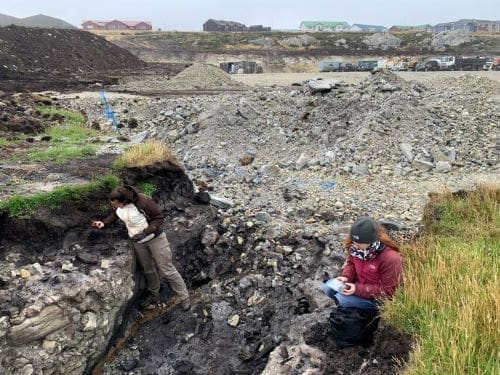
The team used peat found across South America, Australasia, southern Africa and the sub-Antarctic islands.
Using radiocarbon-dating, they were able to pinpoint when climatic conditions became wet and favourable enough for sustained plant growth, decay and bog formation.
Dr Thomas added: “We found a clear pattern – major peat growth occurred at the same time the winds shifted north or south, coinciding with changing atmospheric levels of carbon dioxide.”
Recent climate observations show the Southern Westerly Winds are shifting again – this time in the opposite direction towards the South Pole due to climate change.
If this trend continues, Dr Thomas warned it could severely disrupt the ocean’s ability to capture carbon.
She said: “This southerly shift has already led to increases in continental droughts and wildfires across the southern landmasses.”
Co-author Dr Haidee Cadd, from the University of Wollongong in Australia, added: “If the planet’s largest carbon sink becomes less effective, it will accelerate the rate at which CO₂ accumulates in the atmosphere, amplifying global warming trends.”
Journal Reference:
Thomas, Z.A., Cadd, H., Turney, C. et al., ‘Westerly wind shifts drove Southern Hemisphere mid-latitude peat growth since the last glacial’, Nature Geoscience (2025). DOI: 10.1038/s41561-025-01842-w
Article Source:
Press Release/Material by University of Southampton
New pika research finds troubling signs for the iconic Rocky Mountain animal
The new study draws on long-running surveys of pikas living in a single habitat about 10 miles south of Rocky Mountain National Park in Colorado.
The researchers discovered that the “recruitment“ of juveniles to this site seems to have plummeted since the 1980s. In other words, these populations are becoming dominated by older adults, with fewer juvenile pikas being born, or migrating in, to take their place.

The group published its findings recently in the journal Arctic, Antarctic, and Alpine Research.
“It’s a fun encounter when you’re hiking on a trail in the Rockies and a pika yells at you,” said Chris Ray, lead author of the study and a research associate at the Institute of Arctic and Alpine Research (INSTAAR) at CU Boulder. “If you don’t have that anymore, your experience in the wild is degraded.”
She added that scientists have long predicted that climate change might threaten pikas in the American West.
One 2016 study predicted that pikas could disappear entirely from Rocky Mountain National Park by the end of the century.
Ray and her colleagues can’t yet pinpoint the reason pika recruitment may be declining at this one site. But summers have been growing warmer at sites in the Rocky Mountains – a concerning bellwether for ecosystems that humans depend on.

“The habitats where pikas live are our water tower,” Ray said. “The permafrost, or seasonal ice, that’s underground here melts later in the summer and helps replenish our water supplies at a time when reservoirs are draining.”
Rock piles
The research takes a close look at the Niwot Ridge Long Term Ecological Research site north of Nederland, Colorado.
Niwot Ridge is home to sweeping tundra meadows and steep hillsides dotted with boulders. It’s also home to pikas. These animals have round ears and are about the size of your fist, although they’re more closely related to rabbits and hares.
From 1981 to 1990, Charles Southwick, a former professor at CU Boulder, set out to follow the pika populations at Niwot Ridge. His team trapped and tagged pikas, which tend to stick close to taluses, or piles of rocks.
Ray has studied these animals in the American West, from Montana south to Colorado, for more than 35 years.
At Niwot Ridge, she took up Southwick’s mantle by using similar methods to survey pikas at this location in 2004 and from 2008 to 2020. The team takes rigorous precautions to ensure the health and safety of the animals.
“Pikas are useful as a study system because they’re so visible and conspicuous, and they’re one way to get a handle on what changes are happening in alpine ecosystems,” Ray said.
In the current study, she and Jasmine Vidrio, a former undergraduate at CU Boulder, compared their findings to what Southwick saw decades earlier.
The results were disturbing.

Quiet hillsides
Based on their calculations, the proportion of pikas the team trapped that were juveniles fell by roughly 50% from the 1980s to today – suggesting that younger pikas could be growing rarer on Niwot Ridge.
Ray explained that pikas may be especially vulnerable to climate change, in large part because they can only survive in a narrow range of temperatures.
“Pikas don’t pant like a dog. They don’t sweat,” she said. “The only way they can release their metabolic heat is to get into a nice, cool space and just let it dissipate.”
The researchers can’t conclusively link the possible decline of pikas on Niwot Ridge to warming temperatures. They also aren’t sure how widespread this trend is in the West.
But Ray noted that her results support previous predictions that juvenile pikas may have trouble migrating through the Rockies as temperatures continue to warm. To cross from one mountain habitat to another, pikas first have to descend in elevation, facing hot conditions in the process.
She recalls one pika she encountered at the start of her career in the 1990s. She nicknamed the male Mr. Mustard because he had yellow tags on his ears.
“He was an adult when I trapped him, and he lived for nine more years,” Ray said. “I don’t see that anymore, so I do think things are changing.”
Journal Reference:
Ray, C., & Vidrio, J., ‘Long-term data suggest a severe decline in recruitment of the American pika on Niwot Ridge, Boulder County, Colorado’, Arctic, Antarctic, and Alpine Research 57 (1) (2025). DOI: 10.1080/15230430.2025.2570526
Article Source:
Press Release/Material by University of Colorado at Boulder (CU Boulder)
Space dust reveals Arctic ice conditions before satellite imaging
Arctic sea ice has declined by more than 42% since 1979, when regular satellite monitoring began. As the ice grows thinner and recedes, more water is exposed to sunlight. Ice reflects sunlight but dark water absorbs it, advancing warming and accelerating ice loss. Climate models indicate that the Arctic will see ice-free summers within the coming decades, and scientists still aren’t sure what this will mean for life on Earth.
Researchers have known for some time that fine-grained dust from space blankets the surface of Earth, falling from the cosmos at a constant rate and settling into ocean sediments. A study published in Science shows that tracking where cosmic dust has fallen – and where it hasn’t – can reveal how sea ice coverage has changed over millennia.
“If we can project the timing and spatial patterns of ice coverage decline in the future, it will help us understand warming, predict changes to food webs and fishing, and prepare for geopolitical shifts,” said Frankie Pavia, a UW assistant professor of oceanography, who led the study.
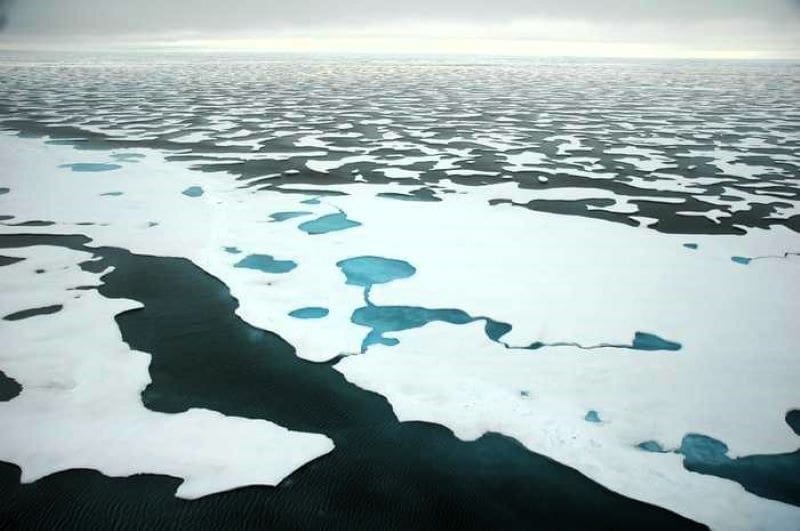
Cosmic dust swirls through space after stars explode and comets collide. Passing the sun, cosmic dust is implanted with a rare form of helium – helium-3. Scientists measure helium-3 to distinguish cosmic dust from earthly debris.
“It’s like looking for a needle in a haystack,” Pavia said. “You’ve got this small amount of cosmic dust raining down everywhere, but you’ve also got Earth sediments accumulating pretty fast.”
In this study, Pavia was more interested in the absence of cosmic dust.
“During the last ice age, there was almost no cosmic dust in the Arctic sediments,” he said.
The researchers hypothesized that cosmic dust could stand as a proxy for ice before there were satellites to monitor changes in coverage. Ice at the sea surface blocks cosmic dust from reaching the seafloor, while open water allows cosmic dust to settle into sediment. By analyzing the amount of cosmic dust in sediment cores from three sites, researchers reconstructed the history of sea ice for the past 30,000 years.
The three sites featured in the study “span a gradient of modern ice coverage,” Pavia said. The first, located near the North Pole, is covered year-round. The second borders the edge of the ice during its annual low in September, and the third was ice-bound in 1980 but is now seasonally ice-free.
The researchers found that year-round ice coverage corresponded with less cosmic dust in the sediment. This was also observed during the last ice age, around 20,000 years ago. As Earth began to thaw, cosmic dust once again appeared in samples.
The researchers then matched ice coverage to nutrient availability, showing that nutrient consumption peaked when sea ice was low and decreased as ice built up.
The data on nutrient cycling comes from tiny shells once occupied by nitrogen digesters called foraminifera. Chemical analysis of these organisms’ shells shows what percentage of the total available nutrients were consumed when they were alive.
“As ice decreases in the future, we expect to see increased consumption of nutrients by phytoplankton in the Arctic, which has consequences for the food web,” Pavia said.
Additional research is needed to show what is driving changes in nutrient availability. One hypothesis suggests that sea ice decline increases the amount of nutrients used by surface organisms because there is more photosynthesis, but another argues that nutrients are diluted by ice melting.
Both scenarios present as more consumption, but only the first indicates an increase in marine productivity.
Additional co-authors include Jesse R. Farmer at the University of Massachusetts Boston; Laura Gemery and Thomas M. Cronin at the United States Geological Survey; and Jonathan Treffkorn and Kenneth A. Farley at Caltech.
Journal Reference:
Frank J. Pavia et al., ‘Cosmic dust reveals dynamic shifts in central Arctic sea-ice coverage over the past 30,000 years’, Science 390, 628-632 (2025). DOI: 10.1126/science.adv5767
Article Source:
Press Release/Material by Gillian Dohrn | University of Washington (UW)
The human costs of climate overshoot
In a Perspective, the authors suggest that the social and humanitarian impacts of overshooting the Paris Agreement’s aspirational goal of a 1.5 degrees Celsius rise in global mean temperature remain largely unknown, despite robust knowledge of physical climate impacts.
Andrew Kruczkiewicz and colleagues outline five factors that policymakers and planners should take into account when considering the human impacts of climate overshoot: peak warming and duration of overshoot, localized amplification of effects, timing of arrival, adaptation limits, and dynamics of overshoot reversal. The authors note that emissions levels agreed-upon in theory through international negotiations put the world on track to significantly exceed 1.5 degrees Celsius global mean temperature before the 2050s, likely resulting in decades of climate overshoot.
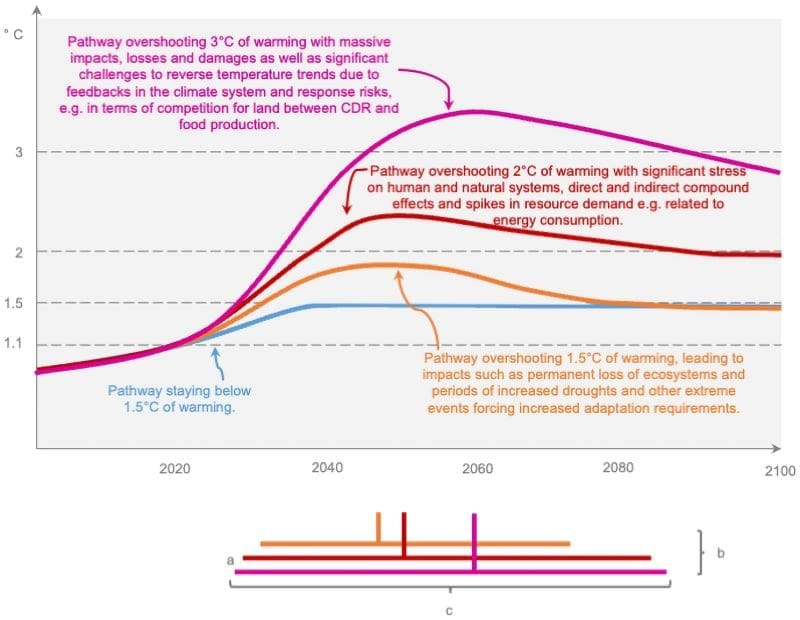
The authors argue that both the magnitude and duration of overshoot must be limited as much as possible and the 1.5 degree warming threshold should remain the target to secure a liveable future. But bringing the temperature back down post-peak could be a bumpy road, with periods of increase, decrease, and stability in global mean temperature, rather than a smooth decline. The authors call for further investigation into the potential impacts post-peak, including assessment and communication of uncertainty related to various scenarios.
Different recovery trajectories would have distinct implications for humanitarian needs, disaster risk management including early warning systems, climate finance priorities, and infrastructure development. The authors call for enhanced research on potential human and social impacts of overshoot, improved planning by humanitarian organizations for irreversible changes, and strengthened national climate commitments. According to the authors, understanding how social and economic systems will be impacted during climate overshoot is necessary to identify, tailor, and implement appropriate adaptation and risk reduction strategies in the years and decades ahead.
Further, the authors note this work is of increased importance as it coincides with the run-up to COP30 in Brazil, where overshoot and how to address the related risks are of increasing concern.
Journal Reference:
Andrew Kruczkiewicz, Zinta Zommers, Joyce Kimutai, Matthias Garschagen, Joshua Fisher, ‘The human and social impacts of climate overshoot’, PNAS Nexus 4, 11: pgaf332 (2025). DOI: 10.1093/pnasnexus/pgaf332
Article Source:
Press Release/Material by PNAS Nexus

